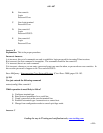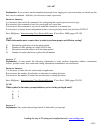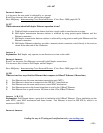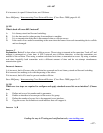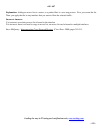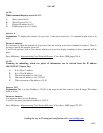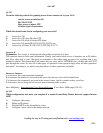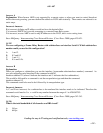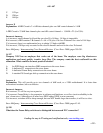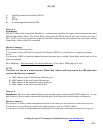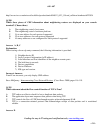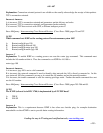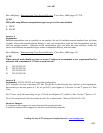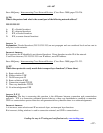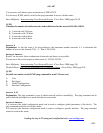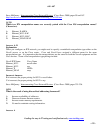
640 - 607
Leading the way in IT testing and certification tools, www.testking.com
- 122 -
C. 112 kps
D. 128 kps
E. 144 kps
Answer: E
Explanation: A BRI Circuit is 2 x 64K data channels plus one 16K control channel = 144K
A PRI Circuit is 23 64K data channels plus one 64K control channel = 1.544M = T1 (for USA)
Incorrect Answers:
A is incorrect; one B channel is 64 and the one class D is 16 kbps. 54 kbps is impossible.
B is incorrect; a BRI contains 2 B channels 2 x 64 = 128 plus a 16 class D channel for a total of 144 kbps.
C is incorrect; there is no mathematical way to obtain 112 kpbs with BRI.
D is incorrect; 128 kbps only accounts for the class B channels and not for the class D channel.
Steve McQuerry. Interconnecting Cisco Network Devices. (Cisco Press: 2000) pages 390-391.
Q. 197
Company XYZ has an employee that works out of the home. The employee runs big client-server
applications and must quickly transfer large files. The company wants the best cost/benefit on this
connection. What would be the most practical solution?
A. An ISDN basic rate interface (BRI) connection to the users home .
B. A dedicated T1 connection to the users home.
C. A dedicated Frame Relay connection to the users home.
D. A standard 28.8 analogue dial up connection to the users home
Answer: A
Explanation: This will provide up to two channels of 64K each, or a 128K multichannel. It is faster than
conventional modems, but cost effective.
Incorrect Answers:
B is incorrect; T1 will be way too expensive.
C is incorrect; Frame Relay is also expensive in software and hardware, as well as circuit availability in the
user’s home area. (Although not all areas have ISDN either, ISDN is more common)
D is incorrect; a modem will be cheap enough, but can NOT handle large data transfers, it will be too slow.
Steve McQuerry. Interconnecting Cisco Network Devices. (Cisco Press: 2000) pages 43-45.
Q. 198
What does the Frame Relay switch use to distinguish between each PVC connection?



